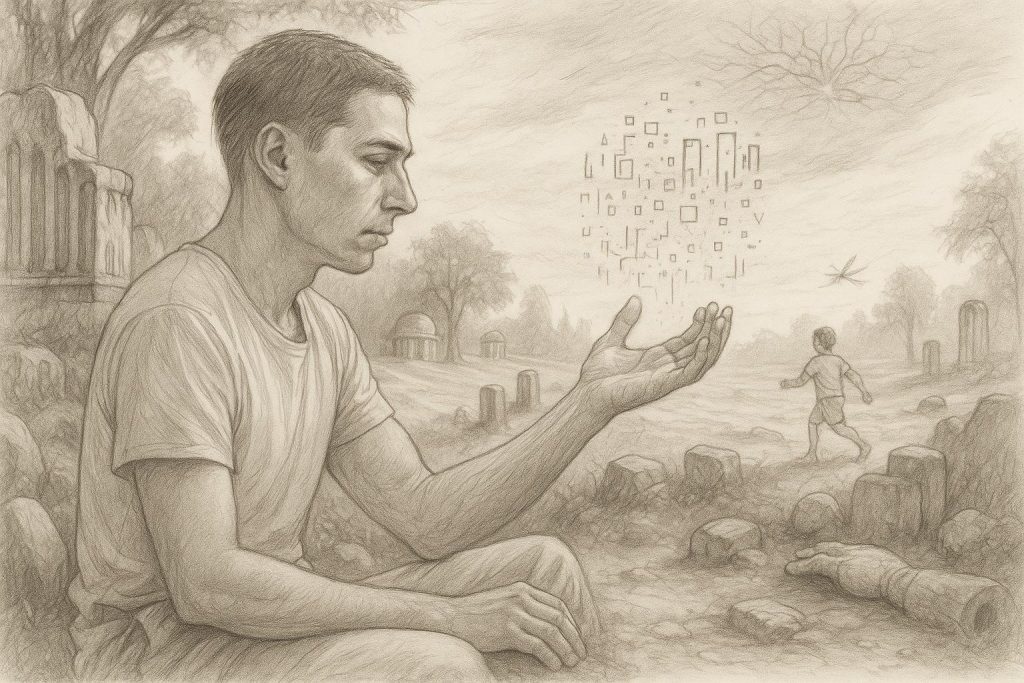What Does The Present Hold The Believable or The Unbelievable?
By Samantha Stafford

Image Credit: Samantha Stafford
Imagine losing an arm and — in time — growing it back. This isn’t science fiction. It’s a frontier unfolding in labs worldwide.A few years ago, at the Neural Information Processing Systems conference, biologist Michael Levin from Tufts University stunned an audience of AI specialists. He didn’t unveil a new algorithm — he showed a living, two-headed planarian flatworm. By reworking patterns of bioelectricity—tiny voltage shifts among cells—Levin reprogrammed the worm’s body “memory,” proving that non‑genetic signals alone can dictate big structural changes
Levin’s experiments don’t stop at worms. He’s guided frog tadpoles to sprout extra legs and given them new eyes—again, by tweaking their bioelectric circuits rather than editing DNA . In one visceral example, frog embryos poisoned with nicotine, which misshaped their brains, were rescued. Software known as BETSE predicted the right ion channel to target—and it worked. The malformed brains remapped themselves to normal structure .
This work suggests a fundamental shift: bodies are not just genetic factories—they are computational systems. Each cell communicates via electric fields, collectively deciding when and what to grow. Cancer, Levin argues, is a breakdown in this conversation—cells go rogue when electrical guidance falls silent .
